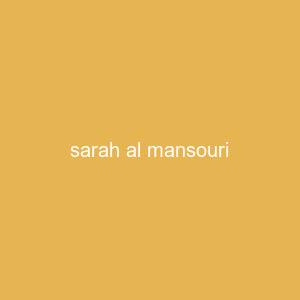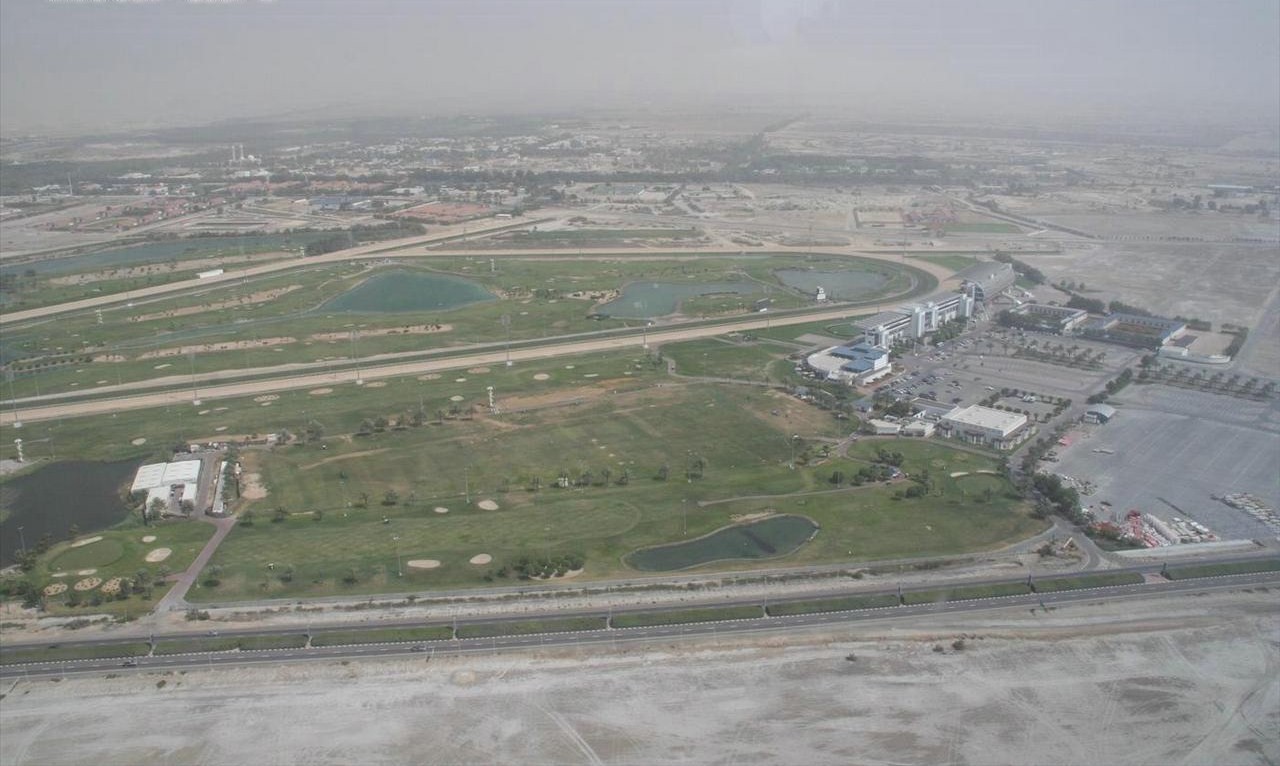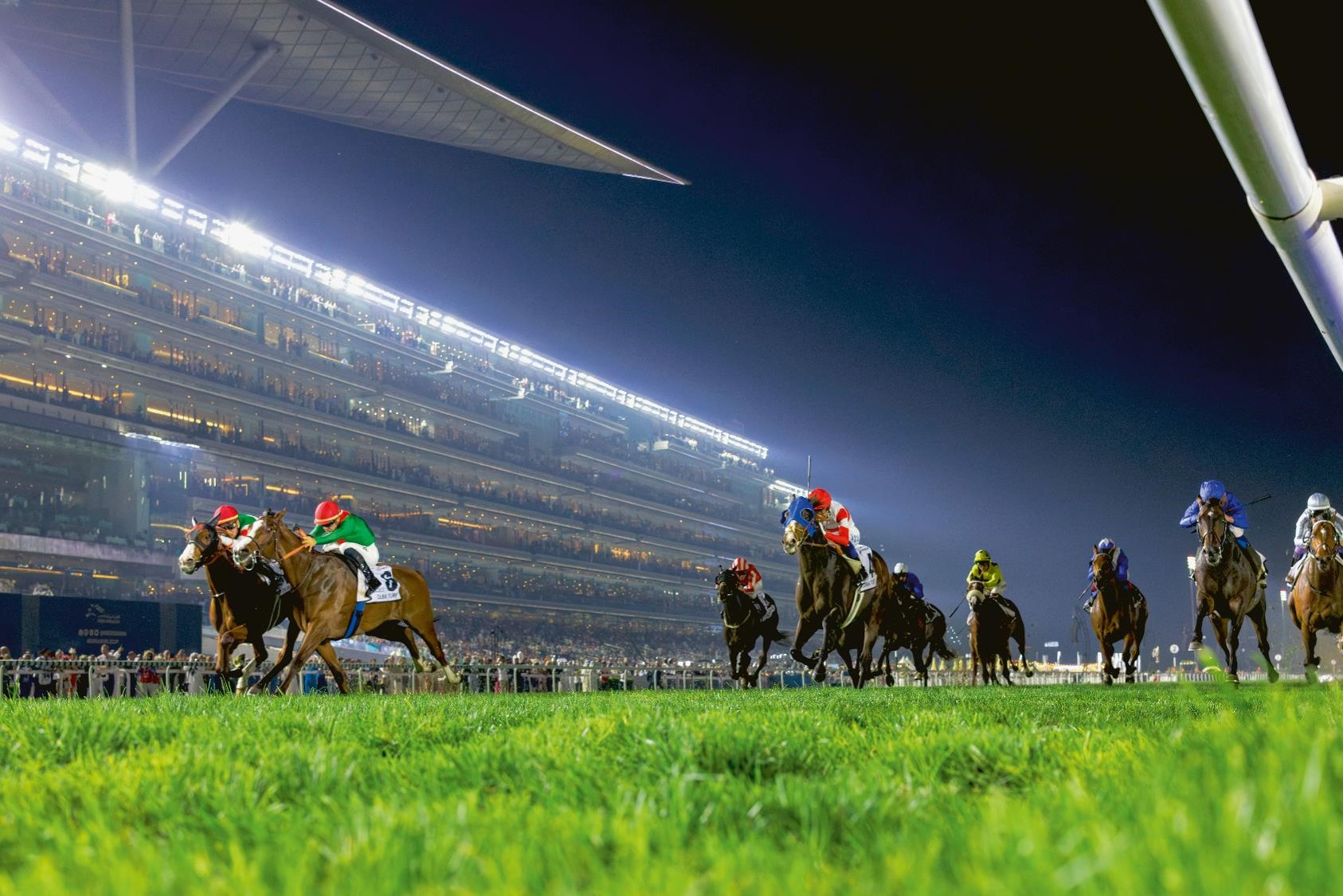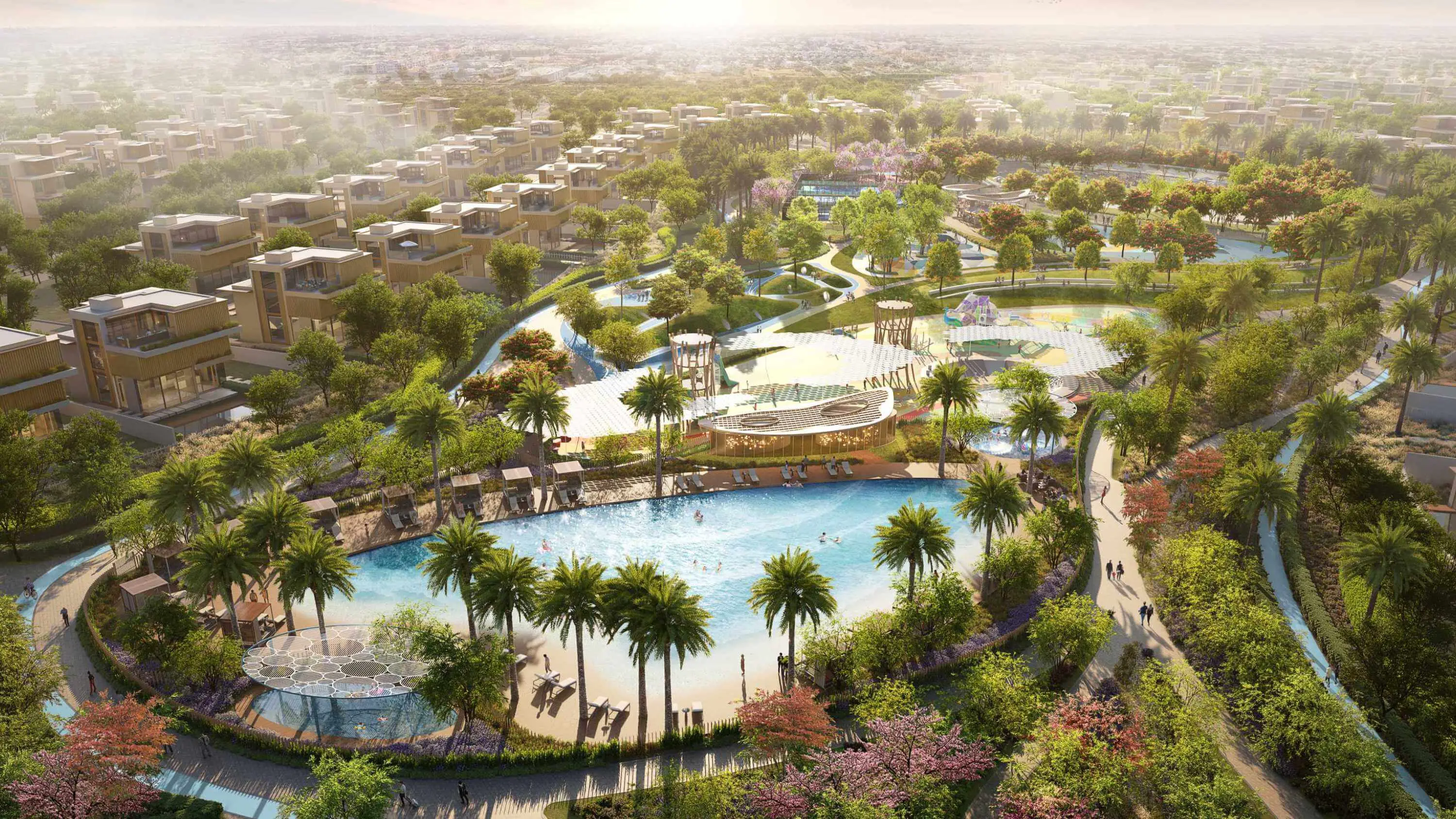Origins of Nad Al Sheba
Long before the gleaming skyscrapers and luxury villas that define modern Dubai, Nad Al Sheba was a vast expanse of desert that played a significant role in the cultural heritage of the Emirates. The name "Nad Al Sheba" itself holds historical significance – "Nad" refers to a high ground or hill, while "Al Sheba" is believed to reference an ancient tribe that inhabited the area centuries ago.
Archaeological evidence suggests that human settlement in this region dates back thousands of years, with nomadic Bedouin tribes traversing these lands as part of their seasonal migrations. These early inhabitants were drawn to the area's relatively flat terrain and strategic position between the coast and inland desert regions.
"The story of Nad Al Sheba is, in many ways, the story of Dubai itself – a remarkable transformation from humble desert beginnings to global prominence, while still honoring the cultural heritage that defines it."
– Dr. Mohammed Al Fahim, Dubai Historical Society
For centuries, the area remained largely uninhabited except for occasional Bedouin encampments. The harsh desert climate made permanent settlement challenging, but the region was valued for its hunting grounds and as a transit point for traders and travelers moving between the Persian Gulf coast and the Arabian interior.
The Equestrian Connection
The most significant chapter in Nad Al Sheba's pre-modern history is undoubtedly its connection to horse breeding and racing – a tradition that continues to define the area to this day. The natural flat terrain of Nad Al Sheba made it an ideal location for horse racing, a sport deeply embedded in Emirati culture.
Arabian horses have been bred in this region for thousands of years, prized for their speed, endurance, and beauty. The Bedouin tribes who occasionally inhabited Nad Al Sheba were among those who contributed to the development of the Arabian horse breed, which would later influence equestrian traditions worldwide.
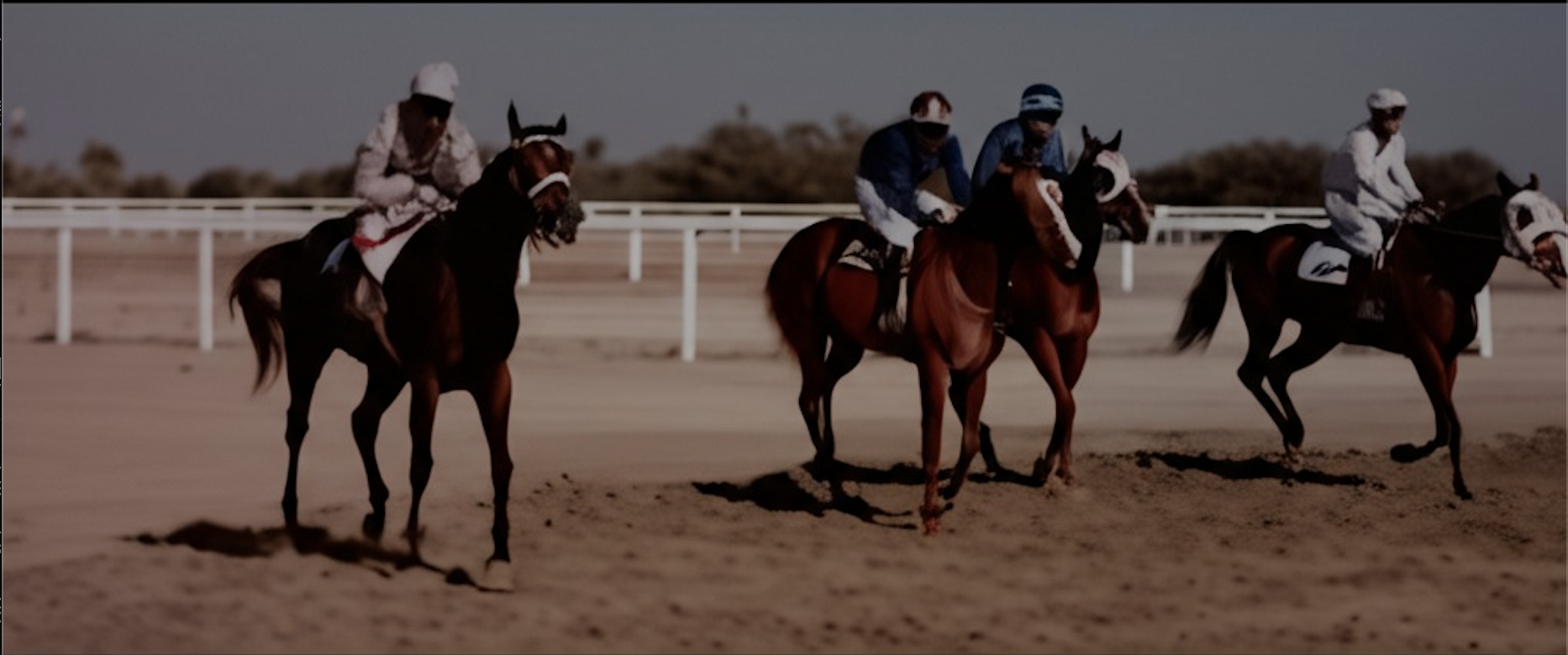
Informal races in this area date back generations, with tribal competitions serving as important social gatherings and opportunities to showcase prized horses. These traditional contests featured minimal infrastructure – a stark contrast to the world-class facilities that would later develop on the same grounds.
The Transformation Begins: 1970s-1980s
The modern history of Nad Al Sheba begins in earnest with the formation of the United Arab Emirates in 1971 and the subsequent oil boom that transformed Dubai. As the emirate began its rapid development under the visionary leadership of Sheikh Rashid bin Saeed Al Maktoum, areas beyond the traditional center of Dubai along the Creek began to receive attention.
During the 1970s, Nad Al Sheba was still predominantly desert land, but its proximity to the growing city made it increasingly valuable. The first formal developments in the area were modest compared to what would follow, but they marked the beginning of a transformation.
It was during this period that the area's equestrian connections began to formalize. In 1977, Sheikh Mohammed bin Rashid Al Maktoum established the Dubai Racing Club, which would eventually lead to the development of the Nad Al Sheba Racecourse. This decision would prove pivotal in shaping the area's identity and future.
Nad Al Sheba Racecourse: A Landmark Is Born
The watershed moment in Nad Al Sheba's development came in 1992 with the official opening of the Nad Al Sheba Racecourse. This world-class facility replaced the informal racing grounds that had existed in the area for generations and signaled Dubai's ambitions to become a global center for horse racing.
The racecourse was designed to meet international standards, featuring a grandstand that could accommodate thousands of spectators, stabling facilities for hundreds of horses, and both dirt and turf tracks. It quickly became one of the most prestigious racing venues in the Middle East.
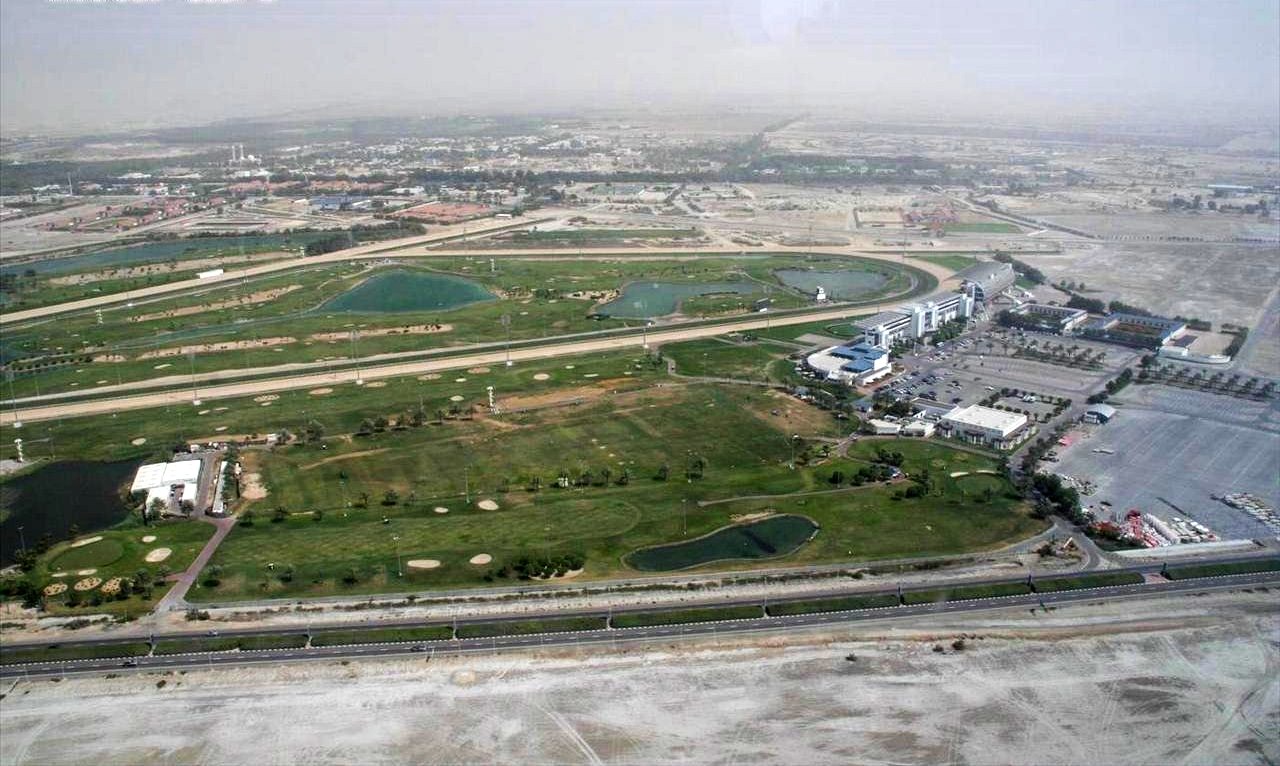
The true game-changer came in 1996 with the inauguration of the Dubai World Cup at Nad Al Sheba Racecourse. With a purse of $4 million (later increased to $6 million), it instantly became the world's richest horse race and attracted international attention to both the facility and the surrounding area.
"The establishment of the Dubai World Cup at Nad Al Sheba was not just about creating a horse race; it was about announcing Dubai's arrival on the world stage. It reflected our ambition to excel in everything we do."
– Sheikh Mohammed bin Rashid Al Maktoum
For the next 14 years, the Nad Al Sheba Racecourse would host the Dubai World Cup, building a prestigious reputation and bringing global visibility to the area. The facility also hosted other significant races throughout the year, becoming a centerpiece of Dubai's sporting calendar.
Residential Development: The 1990s and 2000s
As the racecourse established Nad Al Sheba's prominence, the surrounding area began to attract residential development. The late 1990s saw the first master-planned communities begin to take shape, targeting affluent residents who were drawn to the area's growing prestige and relative tranquility compared to Dubai's increasingly dense urban center.
These early residential projects were relatively modest by today's standards but set the tone for what would follow. They featured spacious villas with private gardens, introducing a luxury suburban model that was still relatively new to Dubai at the time.
The real estate boom of the early 2000s accelerated this process, with developers recognizing the potential of Nad Al Sheba as a premium residential destination. The area's proximity to Dubai International Airport (approximately 15 minutes by car) and relatively easy access to Downtown Dubai made it particularly attractive for both local and expatriate professionals.
The Meydan Era Begins
Perhaps the most significant turning point in Nad Al Sheba's modern history came in 2010 with the opening of the Meydan Racecourse, which replaced the Nad Al Sheba Racecourse as the host of the Dubai World Cup. This extraordinary facility, featuring a mile-long grandstand and state-of-the-art amenities, represented a dramatic escalation in Dubai's ambitions for the area.
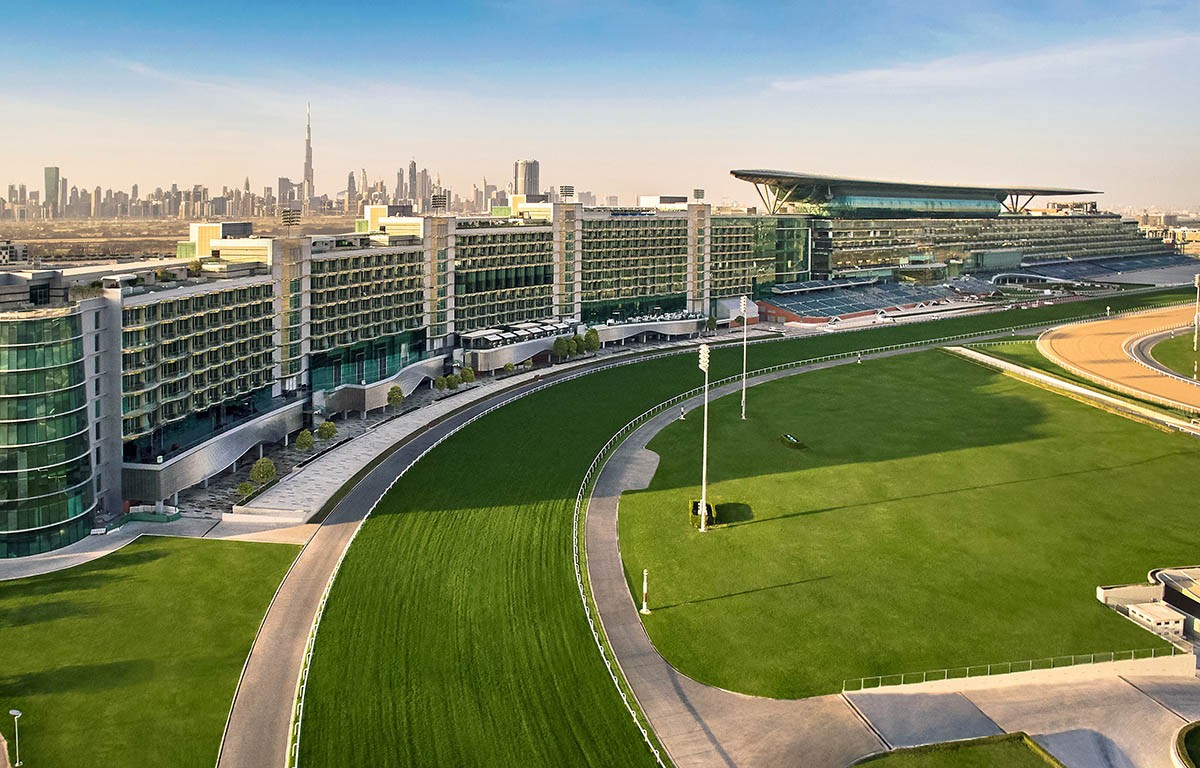
The development of Meydan was not limited to the racecourse itself. It encompassed a grand vision for a new district that would include luxury residential communities, commercial spaces, hotels, and recreational facilities. This master-planned approach would guide the area's development over the following decades.
While the Meydan development technically created a new district adjacent to Nad Al Sheba, the two areas are closely linked both geographically and in the public consciousness. Together, they represent one of Dubai's most prestigious residential corridors.
Modern Nad Al Sheba: 2010 to Present
The past decade has seen Nad Al Sheba complete its transformation from outlying desert area to premier residential district. The development of Nad Al Sheba Villas, a collection of luxury residences set amid landscaped gardens, has established new standards for upscale living in the area.
These contemporary communities have been thoughtfully designed to provide residents with expansive living spaces, private pools, and modern amenities while maintaining connections to the area's equestrian heritage through architectural details and community facilities.
The addition of the Nad Al Sheba Cycle Track in 2013 marked another significant milestone. This purpose-built facility quickly became a hub for Dubai's growing cycling community and hosts regular events that draw participants from across the UAE and beyond.
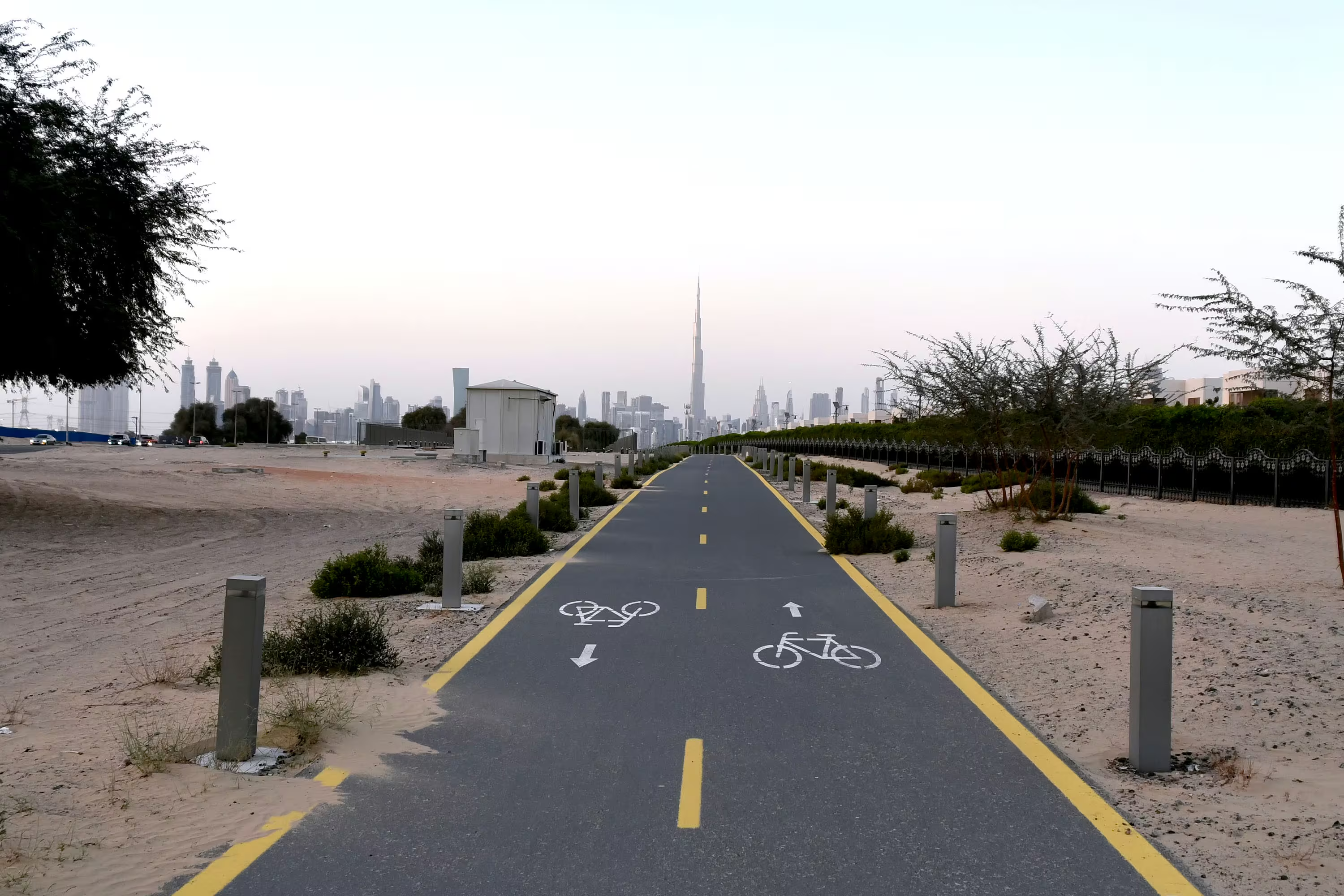
The Nad Al Sheba Sports Complex, which opened in phases from 2014 onwards, has further enhanced the area's reputation as a destination for active lifestyles. Featuring football pitches, padel tennis courts, volleyball facilities, and an indoor arena, the complex has hosted both community events and international competitions.
Preserving Heritage Amid Development
What makes Nad Al Sheba's development particularly noteworthy is how it has balanced rapid modernization with respect for cultural heritage. Unlike some areas of Dubai where traditional connections have been obscured by development, Nad Al Sheba's equestrian roots remain central to its identity.
The continued presence of horse stables, riding schools, and world-class racing facilities ensures that the area's historical connection to Arabian horses remains vibrant and visible. Annual events like the Dubai World Cup at the neighboring Meydan Racecourse keep this tradition in the public eye.
"What makes Nad Al Sheba special is that it hasn't forgotten its roots. The luxury villas and modern amenities exist alongside traditions that have defined this area for generations. That balance is increasingly rare and valuable."
– Fatima Al Suwaidi, architectural historian
Architectural elements in many of the area's newer developments subtly reference traditional Emirati design, creating visual continuity between the past and present. Community events often celebrate local heritage, providing opportunities for newer residents to connect with the area's history.
Looking to the Future
As Dubai continues to evolve, Nad Al Sheba is well-positioned to maintain its status as one of the city's most desirable residential areas. Current development plans suggest a continued focus on premium housing, with an emphasis on spaciousness and privacy that contrasts with the high-density approach seen in some other parts of Dubai.
Infrastructure improvements, including new roads and public transportation options, are expected to enhance connectivity while preserving the area's relatively tranquil character. The proximity to Dubai Creek Harbour and other emerging districts ensures that Nad Al Sheba residents will benefit from easy access to new amenities and attractions.
Environmental sustainability is increasingly shaping development in the area, with new projects incorporating green spaces, energy-efficient design, and water conservation measures. This approach aligns with Dubai's broader sustainability goals while enhancing quality of life for residents.
Conclusion: A Unique Synthesis of Old and New
The history of Nad Al Sheba offers a fascinating window into Dubai's wider transformation. From humble desert beginnings to global prominence, the area has reinvented itself while maintaining meaningful connections to its past.
What distinguishes Nad Al Sheba from many other luxury districts is precisely this sense of continuity. The same terrain that once hosted informal Bedouin horse races now supports world-class equestrian facilities. The desert landscape that once challenged permanent settlement now provides the backdrop for some of Dubai's most sought-after homes.
As Nad Al Sheba continues to evolve, this dialogue between heritage and innovation remains its defining characteristic. It stands as a testament to Dubai's ability to honor its roots while boldly embracing the future – a balance that makes this district not just a place to live, but a living piece of the emirate's remarkable story.
